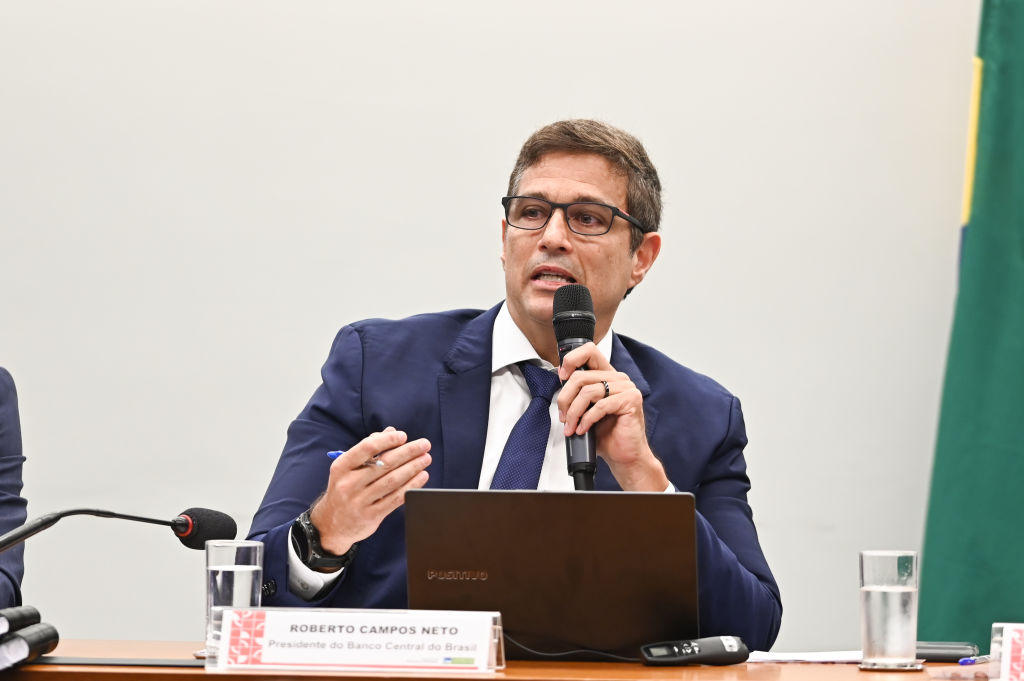The Risks of Deforestation in the Amazon
The Risks of Deforestation in the Amazon
In an AS/COA panel, former U.S. Secretary of the Interior Bruce Babbitt and New York Times science reporter Andrew Revkin outlined how the economic gains of a trans-South American highway come at environmental costs.
Panel:
- Bruce Babbitt, former U.S. Secretary of the Interior; former Governor of Arizona; author of “Manifest Destiny in the Amazon Basin,” Summer 2009 Americas Quarterly
- Andrew Revkin, science reporter, New York Times; author of several books, including The Burning Season: The Murder of Chico Mendes and the Fight for the Amazon Rain Forest
- Christopher Sabatini, Senior Director of Policy, Americas Society and Council of the Americas; Editor-in-Chief, Americas Quarterly (Moderator)
Summary
The construction of the Interoceanica, a trans-South American highway, would give Brazil road access to the Pacific Ocean (and Asian markets) and could mean improved regional integration and economic growth. However, as former U.S. Secretary of the Interior Bruce Babbitt discusses in an article http://www.americasquarterly.org/trans-south-american-highway-amazon in the Summer issue of Americas Quarterly, the route, which would cross through the Amazon rainforest, draws concern from many environmentalists and some policymakers. The fear revolves around the potential environmental consequences on the world’s largest rainforest. On July 23, the Americas Society and Council of the Americas brought together Bruce Babbitt and Andrew Revkin to discuss the highway’s potential impact on the environment.
The Road to Economic Success
The Trans-South American highway would stretch roughly 620 miles across the Amazon Basin up the Andes to reach the Peruvian Pacific coast. Both speakers acknowledged that the highway would likely lead to substantial economic growth through the creation of new trade routes. Not only would the route increase intra-continental trade, it would open Brazil to Asian economies through its reach to the coast.
The Problem with the Trans-South American Highway
Despite the opportunities for economic growth, panelists shared concerns that the global environmental costs of its construction would likely outweigh the potential financial benefits. Revkin noted that the degradation of the Amazon would not only result in the extinction of thousands of flora and fauna species but could also contribute to climate change.
Babbitt criticized the architecture of the project, saying that the designs for the roads were flawed and inefficient while the project was hastily created. He warned that moving forward too quickly would result in future financial problems, suggesting that the project’s developers had not built enough tolls to cover the maintenance costs. He predicted that the projects would be a drain on participating governments’ economies.
Babbitt added that those who might be most affected by the Interoceanica would be the region’s indigenous people. He warned that the fatal June clashes in northern Peru between indigenous protesters and police could be a precursor of future events.
The answer for Babbitt and Revkin is to increase public awareness of the potential effects of the Interoceanica on the Amazon basin. Babbitt proposed increased use of water transportation, highlighting Colombia for its ecosystem protection through the development of water infrastructure.







